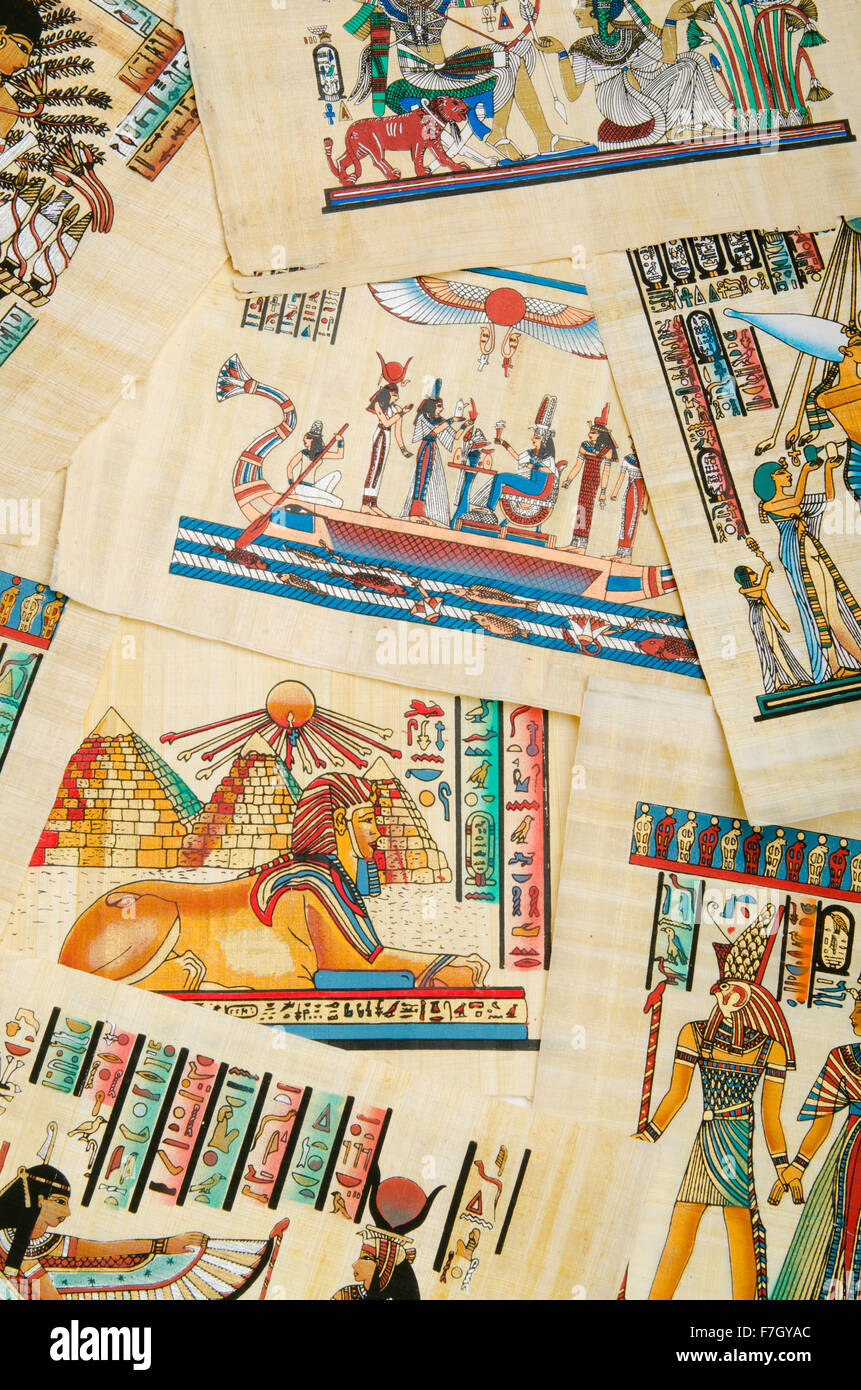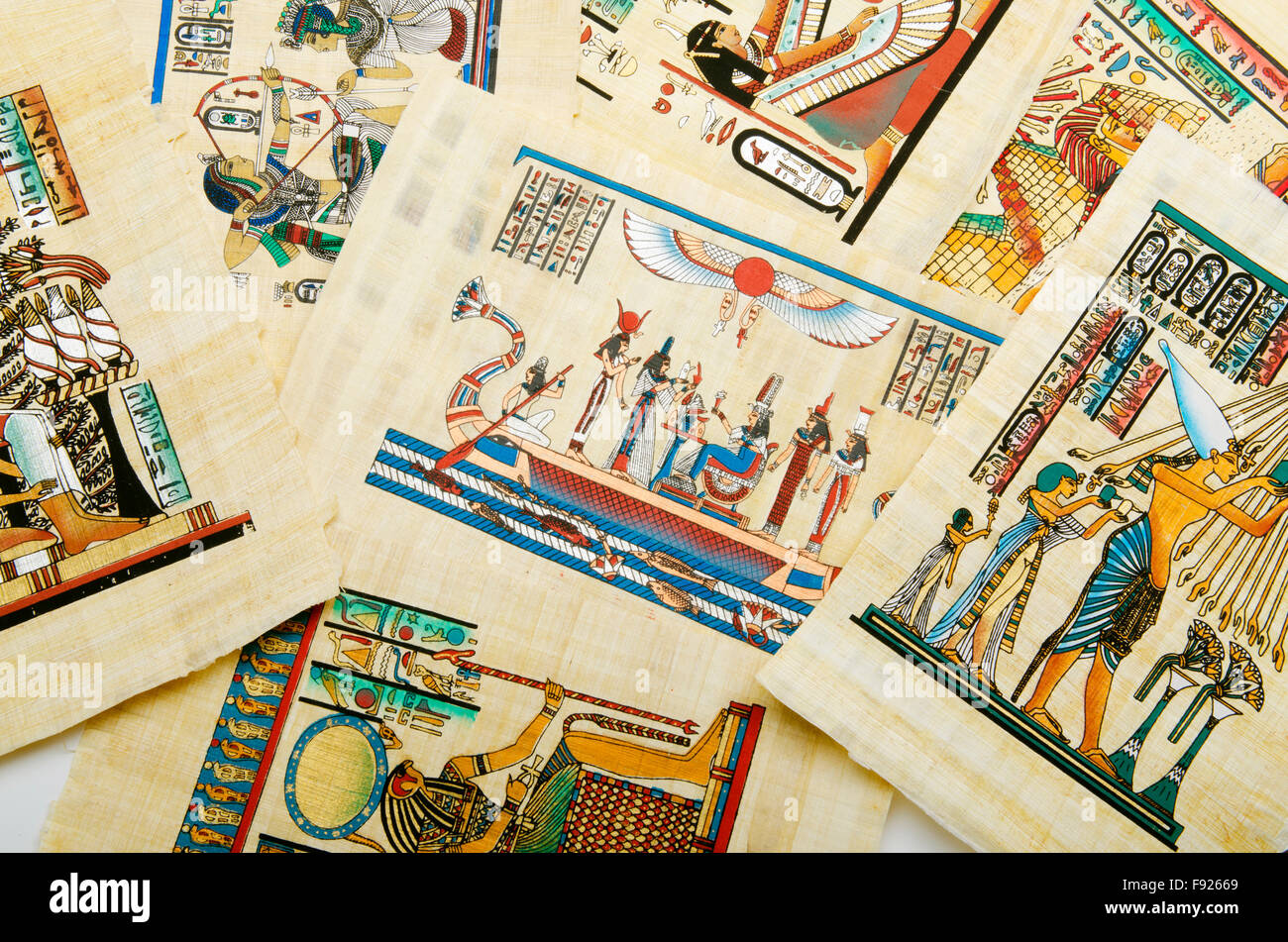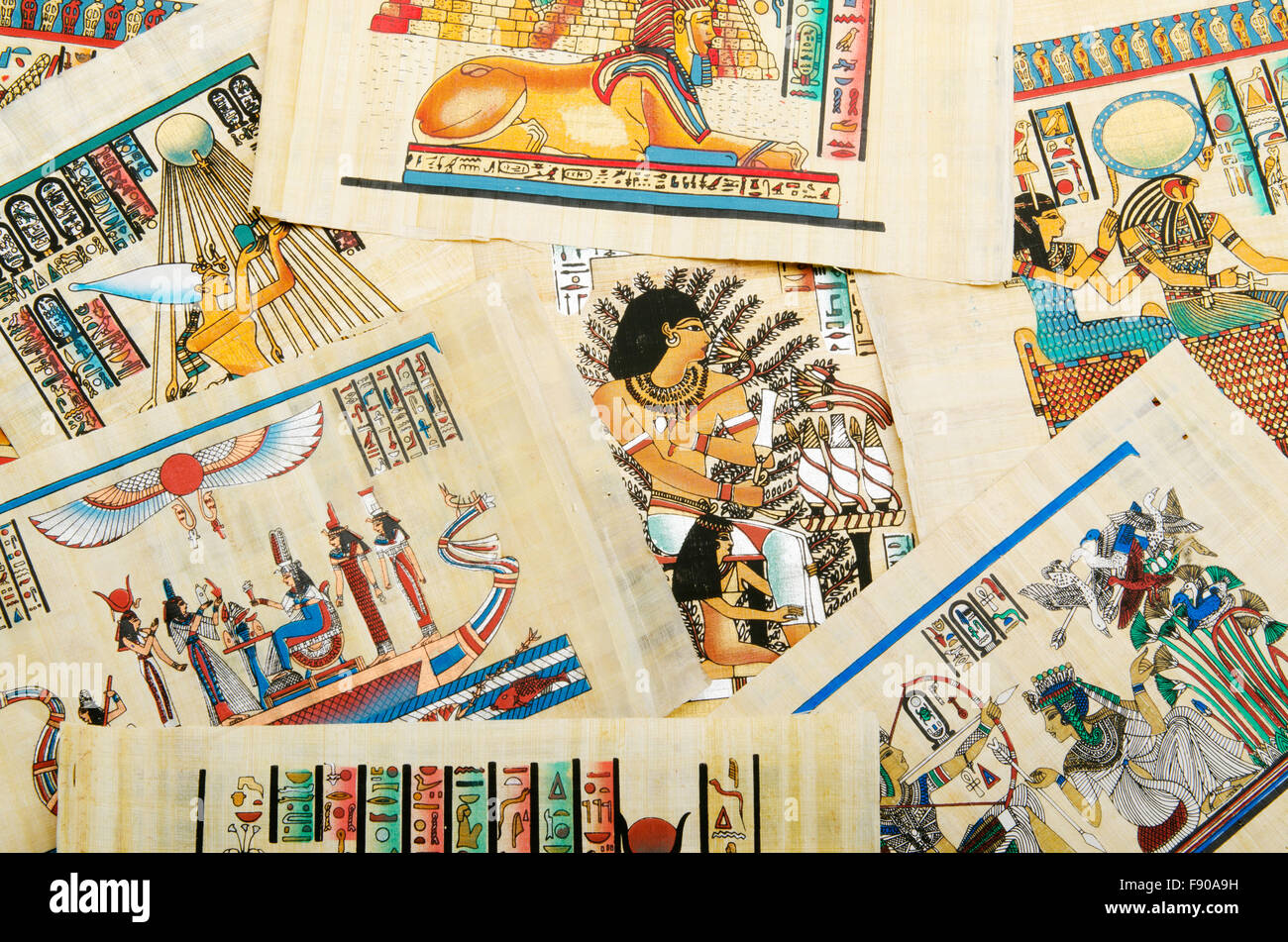Unveiling Iran's Feminist History: A Legacy Of Resistance
The story of women's rights in Iran is a powerful narrative of resilience, struggle, and unwavering determination. Far from a monolithic or recent phenomenon, the history of feminism in Iran is a deeply rooted and multifaceted journey that spans over a century, reflecting both profound societal shifts and persistent resistance against patriarchal structures. It's a testament to the enduring spirit of Iranian women who, despite facing immense challenges, have consistently pushed the boundaries of what is possible, demanding equality and a voice in their own destiny.
From the early whispers of reform to the thunderous protests of today, Iranian women have been at the forefront of social change. Their movement, known in Persian as جنبش زنان ایران (Jumbesh-e Zanan-e Iran), is not merely a local phenomenon but a significant chapter in the global fight for gender equality. Understanding this complex history requires looking beyond headlines and appreciating the nuanced layers of activism, cultural context, and political realities that have shaped the trajectory of feminism in Iran.
Table of Contents
- The Dawn of Awareness: Early Seeds of Change (Early 20th Century)
- The Pahlavi Era: Modernization and its Contradictions
- The 1979 Revolution and the Shifting Landscape
- The Complexities of Iranian Feminism: Beyond Simple Definitions
- Grassroots Activism and Enduring Resistance
- A Glocal Perspective: Paradoxes and Progress
- The Broader Impact: Feminism as a Global Force
- The Path Forward: Democratization as a Core Goal
The Dawn of Awareness: Early Seeds of Change (Early 20th Century)
The formal emergence of the Iranian women's rights movement can be traced back to the tumultuous period following the Iranian Constitutional Revolution of 1910. This era marked a significant awakening, as the winds of change swept through the nation, inspiring calls for greater freedoms and modernization. It was in this pivotal year that the first women's periodical was published by women, a monumental step that symbolized a burgeoning desire for self-expression and intellectual engagement among Iranian women. This initial surge of activism laid the groundwork for what would become a long and arduous journey towards gender equality.
- Latest News Of Iran And Israel
- Country Of Iran
- Israel And Iran Conflict
- Isla Bella Beach Resort
- Sleep Sack
The Constitutional Revolution and its Aftermath
The Constitutional Revolution, while primarily focused on limiting the monarch's power and establishing a parliament, inadvertently opened a window for women to articulate their grievances and aspirations. The early pioneers of the women's movement, many of whom were educated and politically aware, pursued a vision of equality under law. They sought to redress the deep-seated legal and social inequalities that had long marginalized women. Their efforts, though often met with resistance, planted the crucial seeds of feminist thought and action, setting the stage for future generations to build upon.
The Pahlavi Era: Modernization and its Contradictions
The Pahlavi dynasty, particularly under Reza Shah and later Mohammad Reza Shah, introduced a period of rapid modernization that significantly impacted women's lives. While these reforms were often top-down and driven by state policy rather than grassroots feminist demands, they undeniably altered the social fabric. For instance, images from before the institution of clerical rule depict a society where women had greater visible freedoms. Studying at Tehran University in 1977, for example, showcased a vibrant academic environment for women. Indeed, when Tehran University opened in 1936, it proudly admitted both men and women, a progressive move for its time. Education for both girls and boys was made free, significantly increasing literacy rates and opening doors for women in various professions.
Further cementing these changes, the Women's Organization of Iran was established in 1966, playing a role in advocating for women's rights within the framework of the state. A landmark achievement of this era was the Family Protection Act of 1975, which granted women more equal rights in marriage and divorce, a significant step forward in a traditionally patriarchal legal system. These reforms, while often criticized for their superficiality and lack of genuine empowerment from below, nonetheless created a generation of educated, professional women who would later become key figures in the ongoing struggle for rights.
- Is Judge Jeanine Pirro Married
- Iranpresident Death
- Sari Mazandaran Province Iran
- Israel Iran Nuclear Facility
- Israeliran
The 1979 Revolution and the Shifting Landscape
The Islamic Revolution of 1979 dramatically altered the trajectory of women's rights in Iran. What had been a period of gradual, albeit state-controlled, liberalization was abruptly replaced by a new socio-political order that imposed stricter interpretations of Islamic law, particularly concerning women's dress and public roles. Since the 1979 revolution, women have been engaged in a relentless struggle to regain lost rights and carve out a larger role in society, despite a regime that has often been unfriendly to women’s issues. The mandatory hijab, segregation in public spaces, and limitations on certain professions became new battlegrounds for feminist activists.
This period saw a significant rollback of many of the gains made during the Pahlavi era. However, it also galvanized a new wave of activism. Iranian women, far from being passive victims, adapted their strategies, finding new ways to resist, negotiate, and advocate for their rights within the constraints of the new system. The stark contrast between life before and after the revolution, as shown in various historical records, highlights the profound impact of this shift and the subsequent ongoing fight for a more equitable future.
The Complexities of Iranian Feminism: Beyond Simple Definitions
The landscape of feminism in Iran is far from uniform; it is, as many observers note, "complicated." Unlike Western feminist movements that often operate within secular frameworks, Iranian feminism navigates a unique intersection of tradition, religion, and modernity. This complexity is further compounded by the existence of a vibrant diaspora, where different interpretations and approaches to activism emerge. The ongoing dialogue within Iran itself reflects a diverse range of perspectives on how best to achieve gender equality.
The Rise of "Islamic Feminism"
One of the most significant and often debated aspects of Iranian feminism is the concept of "Islamic feminism." This refers to feminists who believe that legal and social reform is not only possible but necessary within the framework of Islamic teachings or the Shari'a. These feminists engage with institutions of power in Iran, including the clergy, in formulating reforms to eliminate discrimination and gender inequality. They argue that a nuanced interpretation of Islamic texts can support women's rights, challenging traditional, patriarchal readings. This approach seeks to find common ground and leverage religious discourse to advance women's status, offering a unique path distinct from secular feminist movements.
Grassroots Activism and Enduring Resistance
Feminist activism in Iran has a long and tenacious history, often rooted in grassroots movements that operate at the community level. The struggle for women's rights in Iran is inextricably linked to broader calls for grassroots democracy and social democracy. It is a movement that understands that true gender equality cannot be achieved without fundamental shifts in political power and civic participation. The continuing unrest in Iran, characterized by the brave women who lead and participate in protests, underscores the deep-seated desire for change.
A recent powerful example of this enduring resistance was seen in the actions of Elnaz Rekabi, an Iranian sport climber, who competed without a hijab at a competition in South Korea while representing Iran. This act, widely interpreted as a silent protest, reverberated globally, highlighting the courage of individual women challenging state-imposed norms. Such acts of defiance, whether grand or subtle, are integral to the fabric of Iranian feminist activism, demonstrating a continuous struggle against oppressive structures and a commitment to expanding personal and collective freedoms.
A Glocal Perspective: Paradoxes and Progress
The status and rights of women in contemporary Iran, and consequently the trajectory of Iranian women’s activism and feminist movements, are described by scholars like Nayereh Tohidi as "paradoxical and complicated." This "glocal" perspective acknowledges that while global feminist ideas influence the movement, local historical and cultural factors, particularly patriarchal and patrimonial patterns deeply embedded in Iranian history, whether secular or religious, significantly shape its unique path. This intricate interplay results in a dynamic where progress and setbacks often occur simultaneously.
The Trajectory of Women's Activism
Despite the challenges, the women's movement has achieved notable, albeit often unacknowledged, successes. For instance, Iran’s birth rate went from one of the highest to one of the lowest in the region, a demographic shift influenced by women's increased access to education, family planning, and changing social aspirations. This transformation reflects women's growing agency and their ability to make decisions about their bodies and families, even within restrictive environments. The trajectory of women's activism in Iran is not linear; it is a complex dance between resistance and adaptation, constantly seeking new avenues for empowerment and change.
The Broader Impact: Feminism as a Global Force
Feminism is one of the important social movements in the world, which has been able to bring about extensive changes in the status of women globally. However, the perception of educated people in different regions of the world about this movement has not been the same. In Iran, educated men and women have also been profoundly influenced by the intellectual foundations of this movement, adapting its principles to their unique cultural and political context. The main question remains: what was the process through which these global ideas were localized and transformed?
At the same time, the women’s movement, especially feminism, has presented a powerful challenge to and a critique of the androcentric and unjust aspects of modernity itself. It has not merely sought inclusion within existing systems but has often questioned the very foundations of power structures that privilege men. This critical stance has allowed Iranian feminists to build national and even international solidarity, connecting their struggle with broader human rights movements and global feminist networks, demonstrating that the fight for women's rights transcends geographical and cultural boundaries.
The Path Forward: Democratization as a Core Goal
For many within the Iranian feminist movement, democratization is the main goal. This is because it directly aims to end religious political-based structural repression and expand the space for inclusive civic participation. The long history of Iranian feminism is triggered by a fundamental desire for freedom and self-determination, recognizing that true gender equality cannot flourish under authoritarian rule. The sweeping public protests that erupted across Iran in response to the death of Mahsa (Jina) Amini in the custody of Iran’s morality police last September have been characterized by many observers as a watershed moment for the women's movement, demonstrating the potent link between women's rights and broader calls for democracy.
Uniting for Inclusive Civic Participation
The current wave of protests, often led by women and young people, symbolizes a collective yearning for a society where all citizens, regardless of gender, have equal rights and opportunities to participate. While some suggest the Iranian women's movement must accept help from Western feminists, whose progress has been recognized within Western society, to be recognized globally, the movement's strength lies in its indigenous roots and its ability to adapt and innovate within its specific context. The focus remains on dismantling the systemic barriers that prevent women from exercising their full potential, paving the way for a truly inclusive and democratic Iran.
The history of feminism in Iran is a vibrant tapestry woven with threads of courage, intellect, and unwavering hope. It is a testament to the fact that even in the face of profound adversity, the human spirit's desire for equality and justice cannot be extinguished. From the early 20th-century pioneers to the brave activists of today, Iranian women have consistently demonstrated their commitment to shaping a more just and equitable future for themselves and for generations to come.
What are your thoughts on the unique challenges and triumphs faced by the Iranian women's rights movement? Share your perspectives in the comments below, and don't forget to share this article to spread awareness about this vital and ongoing struggle. For more insights into social movements and human rights, explore other articles on our site.

Egyptian history concept with papyrus Stock Photo - Alamy

Egyptian history concept with papyrus Stock Photo - Alamy

Egyptian history concept with papyrus Stock Photo - Alamy